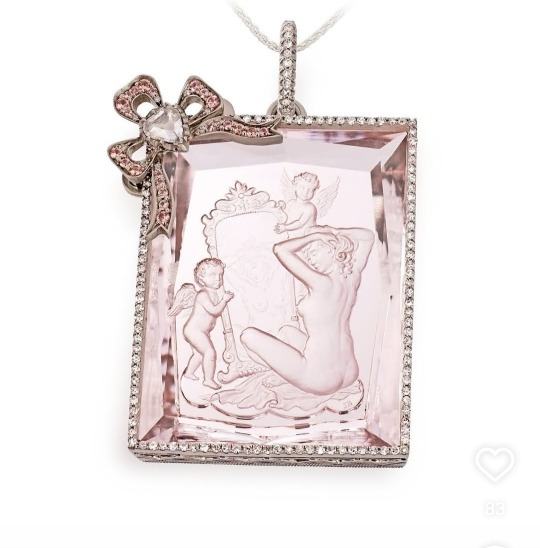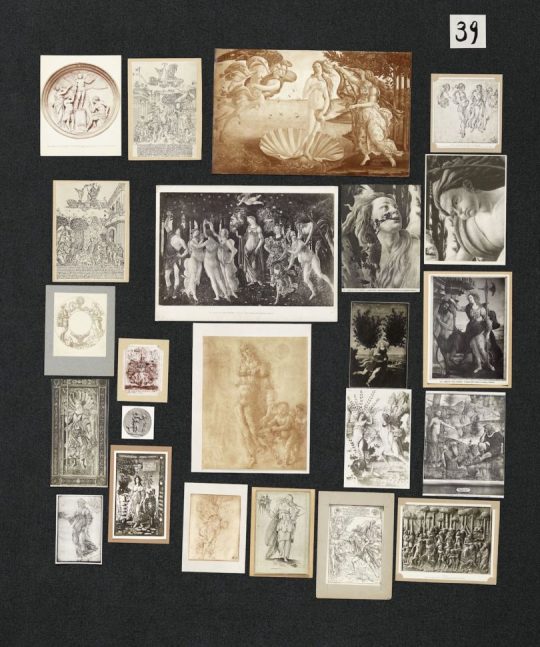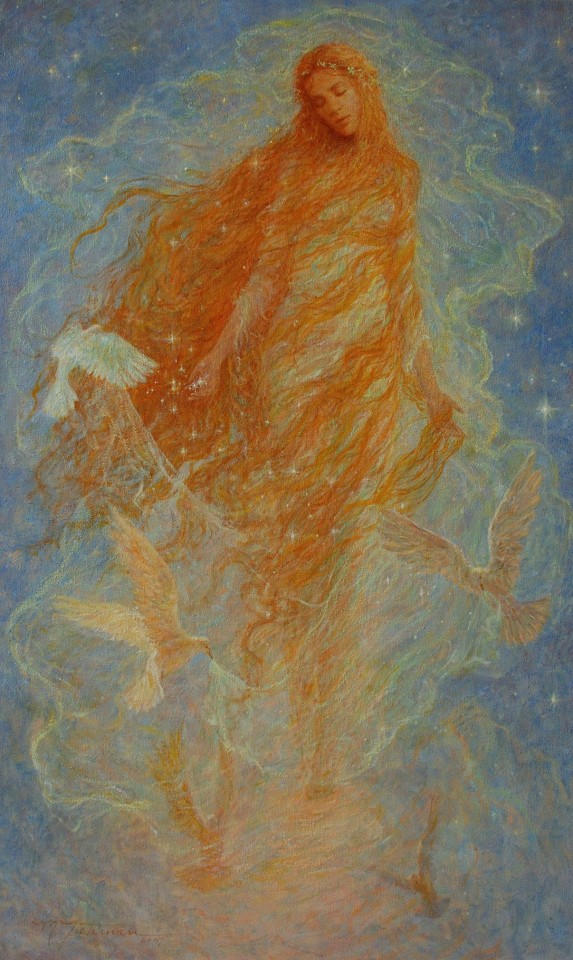Text

Le Génie du Mal, 1843, by Guillaume Geefs
2K notes
·
View notes
Text

Venus
John William Godward (English, 1861–1922)
20 notes
·
View notes
Text

The Toilet Of Venus pendant by Alexander Tenzo
Carved morganite intaglio, pink diamonds and white diamonds set in palladium and white gold.
24 notes
·
View notes
Text

Statue of the goddess Sekhmet
New Kingdom, 18th Dynasty, ca. 1391-1353 BC. Reign of Amenhotep III. From Temple of Mut, Karnak. Now in the Egyptian Museum of Turin. Cat. 253
769 notes
·
View notes
Text

Temple of Astarte-Aphrodite, Baal-Poseidon, and Eshmun-Asklepios on the Sacred Island of Delos, Home of Apollo ☀️ Photo is my own :)
49 notes
·
View notes
Text

Afrodite Callipigia
Napoli - Museo Archeologico Nazionale
16 notes
·
View notes
Text

“… Al gran Ribelle incontro mosse la bella Maddalena. Il colmo petto le ondeggia sovra il cor, sicuro della vittoria.”
Gino De' Bini (1856–1918) - Lucifero, 1887
illustration for the poem by Mario Rapisardi
source
364 notes
·
View notes
Text
A prayer for Aphrodite


May my voice reach the divine,
the graceful Aphrodite,
foam-born goddess,
love itself manifested,
beloved to the brazen Ares, whom swords and spears delight.
I greet you once more, but this time with a peculiar request,
aid me as I call to honorable Ares, he who you hold close to your heart,
aid me as I grow my connection with the shield-bearer,
ever-loving goddess, ensure that it is strong.
I hope my resolve proves to be enough,
I hope my offerings prove to be enough,
and I hope my words prove to be enough in your eyes.
Your faithful idolater thanks you, bearer of beauty, dearest Aphrodite,
for I know I have not worshipped you long,
yet you are kind and understanding despite my faults.

25 notes
·
View notes
Text
I spent most of my life aware solely of the nine Olympian Muses, the daughters of Mnemosyne and Zeus: Calliope, Euterpe, Erato, Thalia, Melpomene, Ourania, Terpsichore, Polymnia, Clio. And I love them, don’t get me wrong. It’s pretty much impossible to conceptualize Muses I don’t love.
But the Titanides – Mneme, Melete, and Aiode – are something else entirely. They do each have specific connotations to their names that I carry over into their realms of patronage, but more than that, they form a lovely sequence that speaks to the Greek understanding of what Muses do.
Mneme is Memory; she is Occasion, the reason for writing. Why? Because that’s where a Muse’s influence starts: she has the truth of the lives of the gods, and she shares it with a poet. Mneme is the reason to write (/paint/compose/dance/etc).
Melete is Contemplation; she is Practice, the writing itself. She is the act of taking the knowledge/inspiration and shaping it into a work of art; she has the skills of an artist and brings them to bear on Mneme’s subject matter. Melete is the process of writing (/painting/composing/dancing/etc).
Aiode is the Voice; she is Performance, the finished product displayed for all. She is the result – the artist takes the stage and recites, sings, dances, performs the resultant work of art. Aiode is the Muse I feel the least connection to, out of these three, because I abhor performance, but she reminds she is also publication, the sharing of your work through whatever venue. Aiode is the written product (/painting/song/dance/etc).
325 notes
·
View notes
Text

had been looking for hekate through museum archives and found this gorgeous hydria 🏺
303 notes
·
View notes
Photo

Plate no. 39 of Aby Warburg’s “Bilderatlas Mnemosyne (1925-1929) with reproductions of Botticelli’s “Birth of Venus,” “Primavera” and “Pallas and the Centaur” Photo: Wootton/fluid. The Warburg Institute, London.
2K notes
·
View notes
Photo

“If the only prayer you ever say in your entire life is thank you, it will be enough.” —Meister Eckhart (German mystic, 1260-1328)
Mermaid Messenger by Dee Sprague ~ mermaidmessenger
60 notes
·
View notes
Photo



Morning Light (Return of Persephone) by Marc Fishman
189 notes
·
View notes



